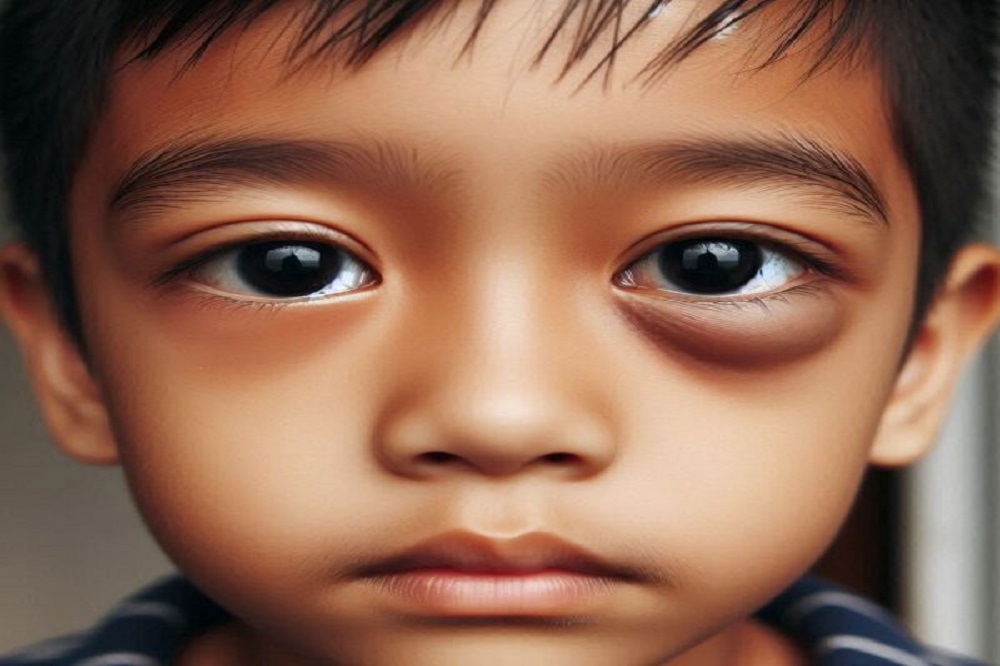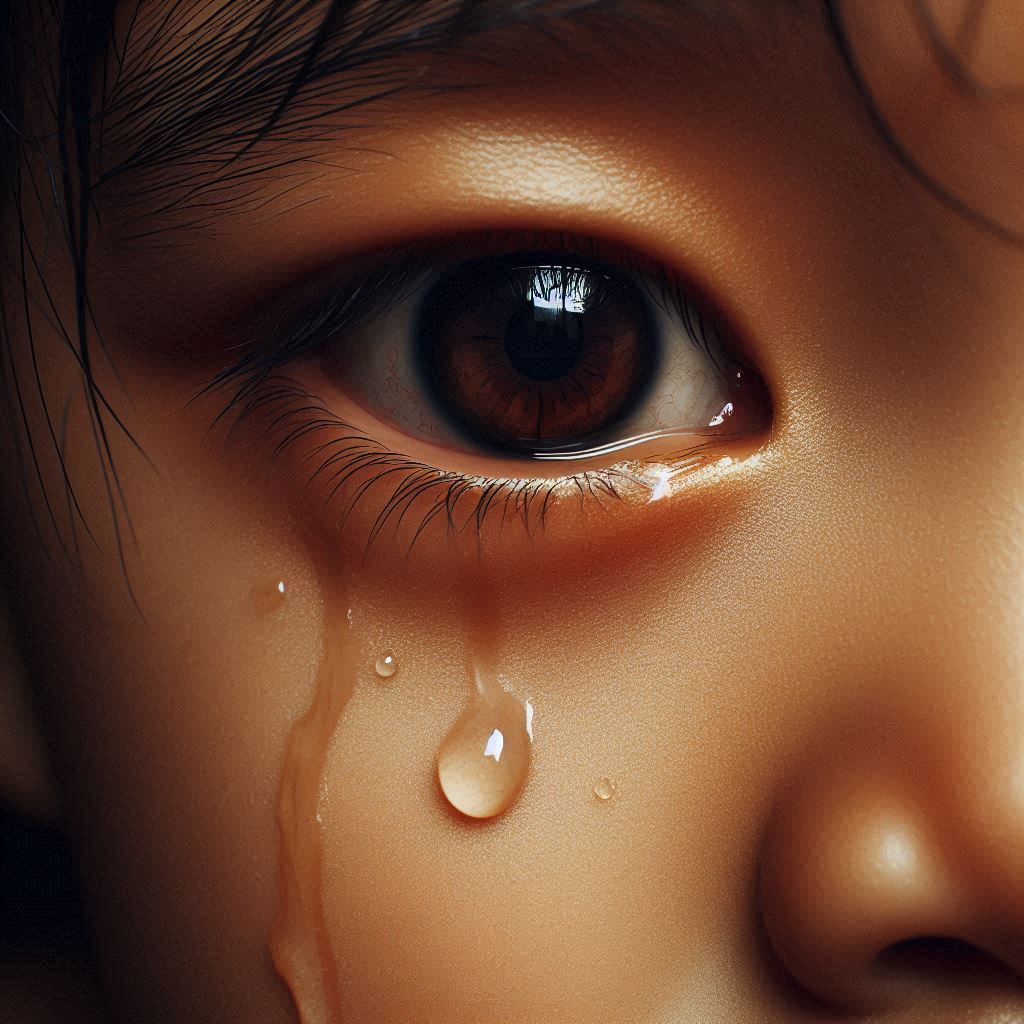
Is your child experiencing watery eyes, swollen eyelids, or unusual bumps around their eyes? These could be signs of a pediatric eye problem. As a concerned parent, understanding these issues is crucial for your child’s well-being.
Oculoplastic surgery is a specialized field that deals with the structures around the eye, including the eyelids, tear ducts, and orbit (the bony cavity that houses the eye). When it comes to children, performing these surgeries requires special considerations due to their unique anatomical and physiological characteristics. Let’s explore the world of pediatric oculoplasty – a specialized field focused on treating eye and eyelid problems in children.
Read more: Understanding Oculoplasty: A Guide to Eyelid, Tear Duct, and Orbital Specialists
Understanding Pediatric Oculoplasty
Pediatric oculoplasty focuses on diagnosing and treating various eye-related conditions in children. These conditions can range from congenital (present at birth) to acquired (developed later). The primary goal is to ensure the proper function and appearance of the eye structures, which are crucial for vision and overall eye health.
Common Eye Problems in Children
Your child’s eyes are delicate and require special care.
Some common issues we encounter include:
- Pediatric Tumors: Children can develop tumors around the eye, which can be benign (non-cancerous) or malignant (cancerous). Common pediatric eye tumors include:
- Capillary Hemangiomas: These are non-cancerous tumors that appear as red or purple spots on the skin around the eye. They often grow rapidly in the first few months of life but may regress over time.
- Dermoid Cysts: These are non-cancerous cysts that typically appear at the outer corner of the eye. They can cause swelling and may need surgical removal if they affect vision or become infected.
- Rhabdomyosarcoma: This is a cancerous tumor that can occur in the muscles around the eye. It requires prompt diagnosis and treatment due to its aggressive nature.
- Congenital Eyelid Abnormalities: Congenital eyelid deformities can affect a child’s vision and appearance. Common conditions include:
- Ptosis: Drooping of the upper eyelid, which can obstruct vision.
- Coloboma: A gap in the eyelid, which exposes eye to infection.
- Epicanthus: A fold of skin on the inner corner of the eye, which can give a cross-eyed appearance but typically does not affect vision.
- Blocked Tear Ducts: This is often the culprit behind constant watery eyes. A simple procedure called syringing and probing can often clear the blockage.
Read more: Drooping Eyelids Got You Down? Ptosis Repair Can Help!
When to Seek Help
If you notice any changes in your child’s eyes, it’s important to consult an eye specialist. Early detection and treatment can prevent complications.
Treatment Approaches in Pediatric Oculoplasty
- Non-Surgical Treatments
Some pediatric oculoplastic conditions can be managed without surgery. For instance, mild cases of ptosis might be monitored over time, while hemangiomas may be treated with medications.
- Surgical Treatments
When surgery is necessary, pediatric oculoplastic surgeons use techniques tailored to the child’s age and specific condition.
Read more: Understanding Eyelid Malpositions: Causes & Surgical Solutions

- Capillary Hemangiomas: Surgical removal or laser treatment may be required if these tumors affect vision or grow rapidly.
- Dermoid Cysts: Surgical excision is often recommended to prevent complications like infection or vision obstruction.
- Rhabdomyosarcoma: As it is a life-threatening cancerous tumor, the treatment typically involves a combination of surgery, chemotherapy, and radiation therapy.
- Eyelid Deformities
Surgical correction of eyelid deformities varies depending on the condition:
- Ptosis: Surgery aims to lift the drooping eyelid, either by shortening the muscle that lifts the eyelid or using a sling to support it.
- Coloboma: Surgical repair involves closing the gap in the eyelid to protect the eye and improve appearance.
- Epicanthus: If it significantly affects appearance or function, surgery can be performed to remove the excess skin fold.
- Congenital Tear Duct Obstructions
For persistent tear duct obstructions, crigler massage, syringing and probing are first-line treatments. If these are ineffective, a DCR may be performed in toddler age. This surgery is usually done under general anesthesia and involves creating a new tear drainage pathway.
Read more: Non-Surgical Eye Rejuvenation: Look Younger and Feel Better Without Surgery!
Unique Aspects of Pediatric Oculoplastic Surgery
- Growth and Development
Children are not just small adults; their bodies are continuously growing and developing. Surgeons must consider this when planning and performing oculoplastic surgeries. For example, the structures around a child’s eye are smaller and more delicate, requiring precision and care by a trained Oculoplastic Surgeon only.
- Anesthesia Considerations
Administering anesthesia to children presents unique challenges. Pediatric anesthesiologists are specially trained to handle these challenges, ensuring the child’s safety and comfort during surgery.
- Psychological Impact
Surgery can be a daunting experience for children and their parents. Oculoplastic surgeons often work closely with families to explain the procedures, address concerns, and provide support throughout the process.
- Post-Surgical Care
Children require careful post-surgical care to ensure proper healing and minimize complications. This includes regular follow-up visits, monitoring for signs of infection, and ensuring that the child adheres to post-operative instructions.
Read more: EyeLid Trauma: Restoring Sight and Confidence with Reconstructive Surgery
The Pediatric Oculoplasty Process
We understand that bringing your child for surgery can be stressful. Our team is committed to providing a comfortable and reassuring experience. Here’s a glimpse into what to expect:
- Comprehensive Evaluation: We’ll conduct a thorough examination to diagnose the problem accurately.
- Personalized Treatment Plan: Based on your child’s specific condition, we’ll create a tailored treatment plan.
- Gentle Care: Our skilled surgeons use child-friendly techniques to minimize discomfort.
- Post-Operative Support: We’ll provide clear instructions and support to ensure a smooth recovery.
Read more: Drooping Eyelids Got You Down? Ptosis Repair Can Help!
Conclusion
Pediatric oculoplasty is a specialized field that requires a deep understanding of the unique aspects of treating children. From congenital conditions to acquired tumors, these surgeries play a crucial role in ensuring the proper function and appearance of a child’s eye structures. With the right approach, these procedures can significantly improve a child’s quality of life, enabling them to see the world clearly and confidently.
Remember, you’re not alone. We’re here to answer your questions, provide reassurance, and guide you through the process. Our goal is to give your child the best possible vision and eye health. By understanding the common eye problems in children and seeking timely care, you’re taking an important step in safeguarding their future.
References
- American Academy of Ophthalmology. “Pediatric Oculoplasty.” aao.org
- National Institutes of Health. “Pediatric Eye Conditions.” nih.gov
- Children’s Hospital of Philadelphia. “Oculoplastic Surgery in Children.” chop.edu
- Mayo Clinic. “Pediatric Eye Surgery.” mayoclinic.org


